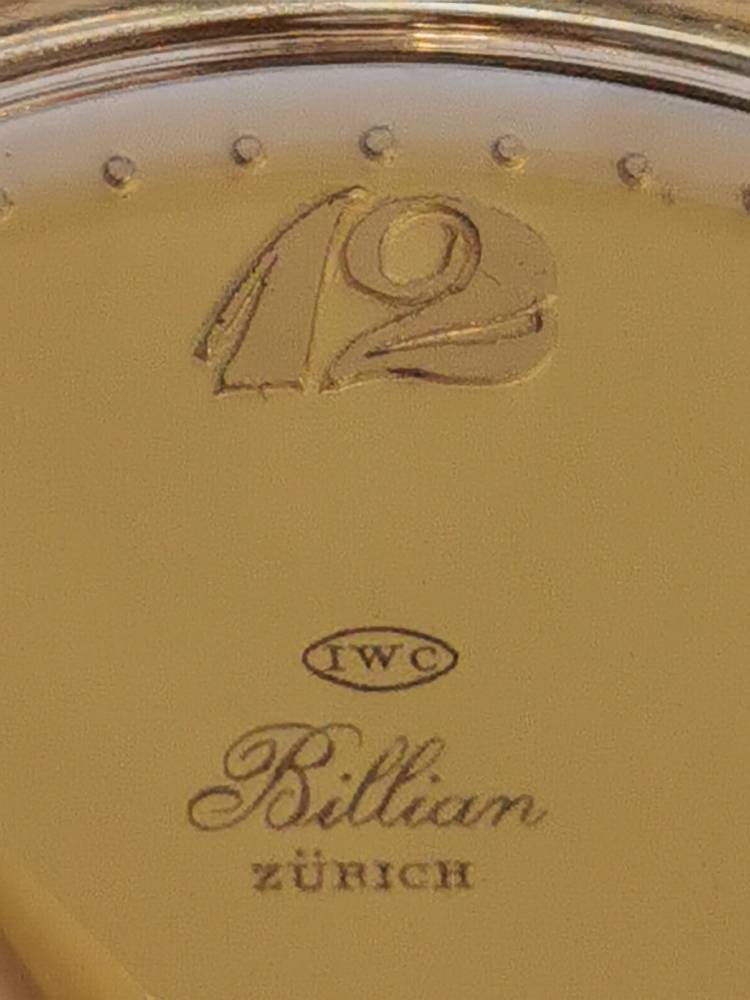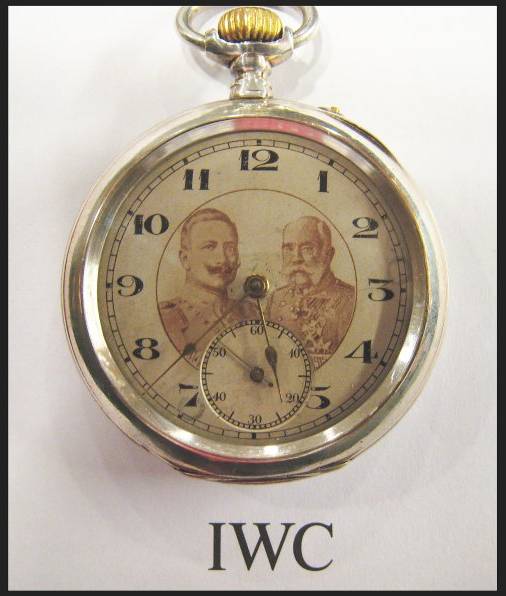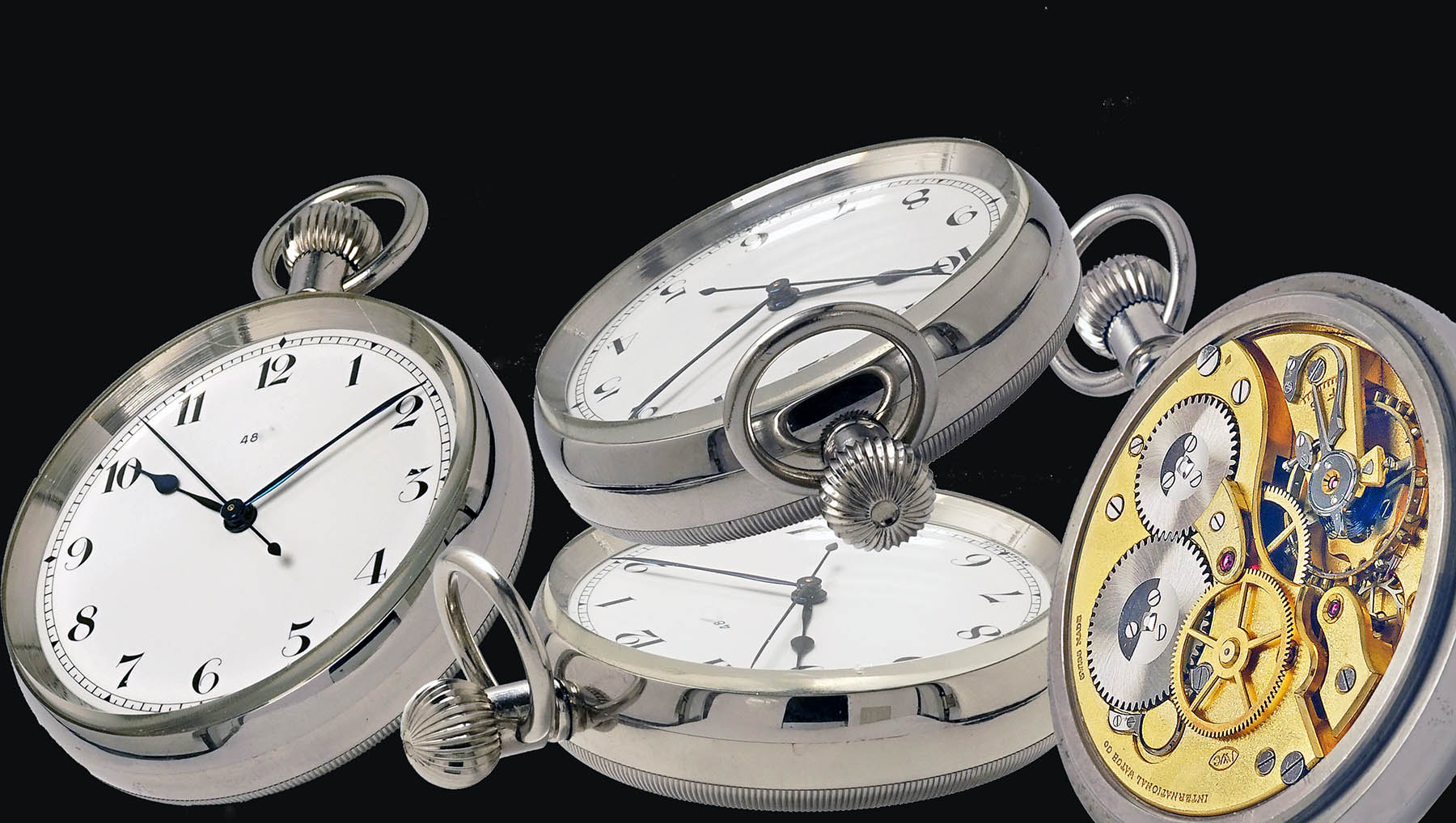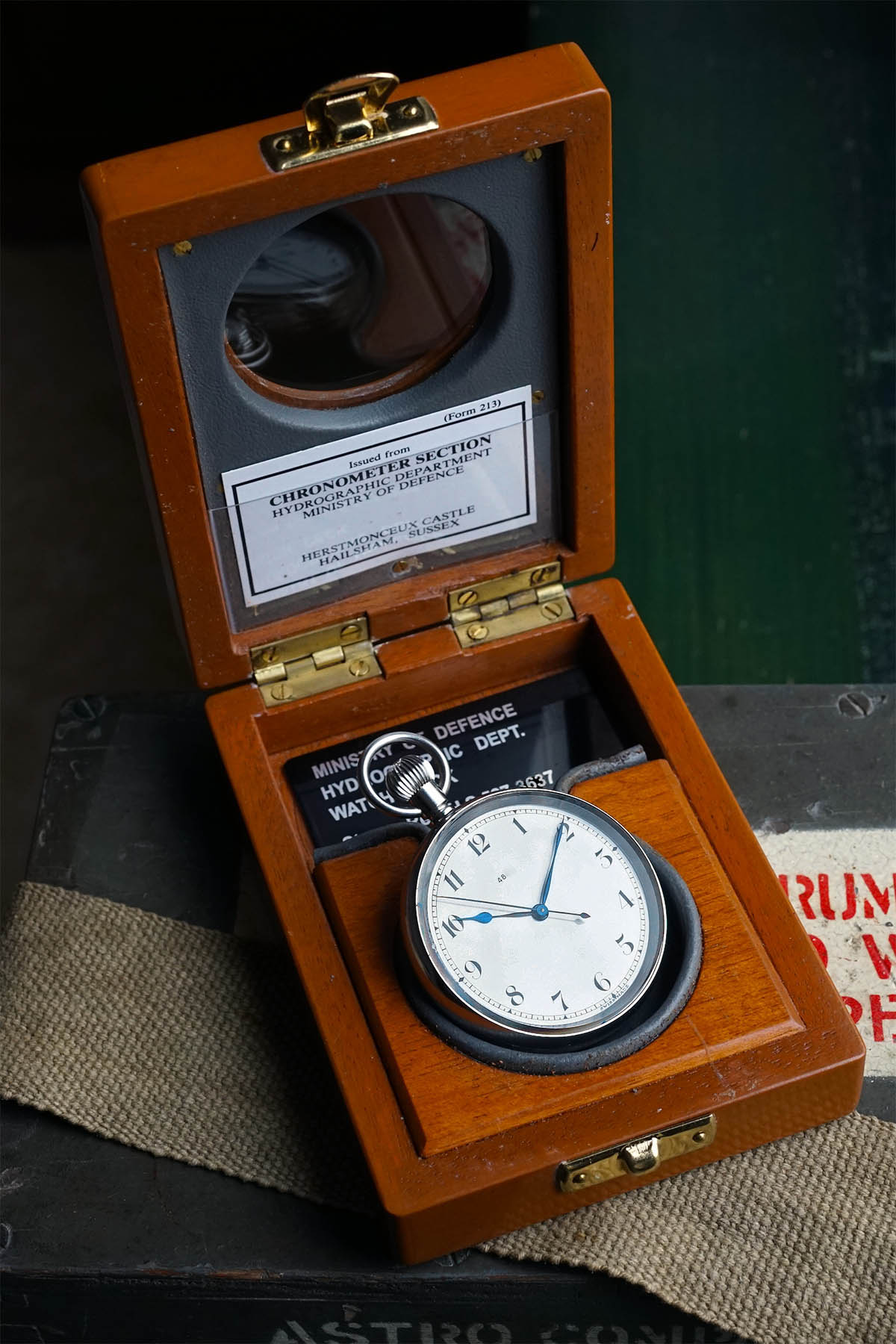As some of you know, I am collecting pocketwatches, IWC only.
Far from saying that my collection is a museum collection but I am proud to
have found some nice and rare pieces over time.
Some of the pocketwatches are common, easy to find on the market, sometimes in
better condition than mine, but some I have are gems.
So in these crazy times, as the museum in Schaffhausen is closed, why not open
one here on the forum.
As long as the museum is closed, I will post here daily a pocketwatch from my
collection.
I hope I don't run out of pieces before the virus is beaten. Fingers crossed
for all of us.
I will post them in a random order, with some comments, feel free to join.
Keep safe all.
DAY 38, cal 52 T
A pocketwatch can be the source of a lot of info, there are on the dial and
movement sometimes clues, hints to the provenance and the characteristics of
that watch.
Today another cal 52 in our virtual museum.
It is not surprising that a collector has more than one cal 52 in a
collection, it was for years the workhorse in the IWC pocketwatches.
If you look into the books for the cal number, you see that this calibre is
called 52T.
The T stand for tirette ( from the French verb tirer ; to pull . In our
Flemish dialect we use the word tirette for the zipper ) that means that this
watch is set by pulling the crown, not a push set or lever set.
We also see on the calibre H5, the H5 stands for the movement height of 5mm.
There is more info to be seen on the calibre : you see the number 55231 ; In
many IWC pocket watch movements produced after 1911, you see the patent No.
55231 , this patent is a special method of securing the dial with spring clips
instead of screws.
On the dial, we see an unusual image of the brand name and the name Billian,
Zurich. Billian was a big retailer early 20th century located in Zurich.
The watch is from 1924 and the case is 14K gold.
By looking into the forum archives, I found a forum member posting about his
cal 52T, my cal number is 80649X, his is 80649X, a difference of two.
But then when you see the case numbers, mine has case 91027X, his case 8947XX,
a difference of more than 15000.







When you look at the name of the company who entered the patent you notice the
name " Uhrenfabrik von J.Rauschenbach's Erben vormals International Watch C°
", a name only used for a short period of time by IWC.
Here is an example from this engraved on the inner cover of another
pocketwatch I have from around 1907

















